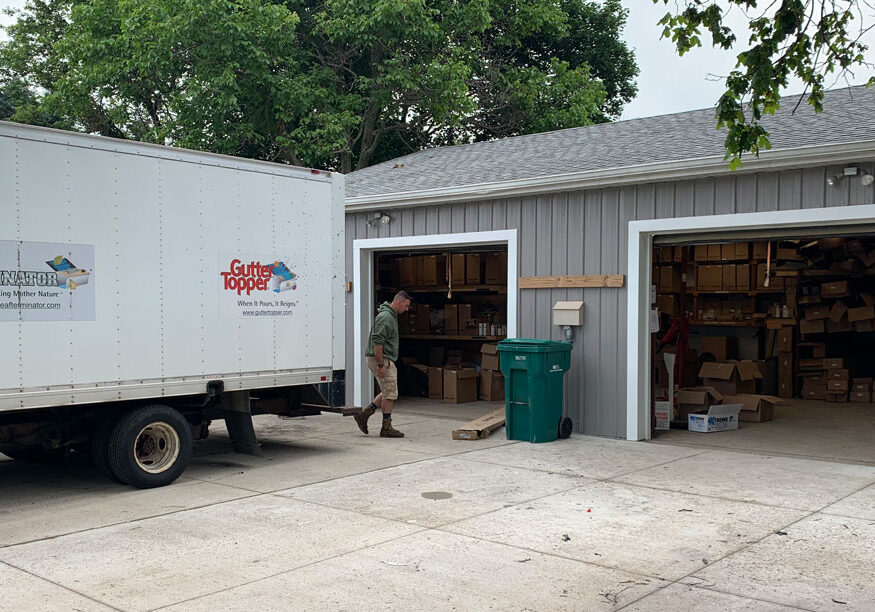Are you ready to say goodbye to leaves and debris collecting in your gutters? Talk to one of our experienced office staff today to request your quote!
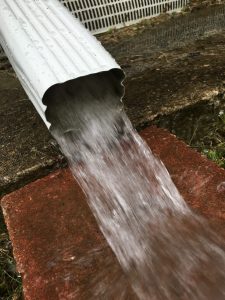 On a typical house with a 2,500 square foot roof, an inch of rain will produce a staggering 1,500 gallons of water. Picture 27 barrels around the perimeter of your house, all emptying at the same time, and you get a good idea of how important a well-designed and functioning eavestrough system is to your house.
On a typical house with a 2,500 square foot roof, an inch of rain will produce a staggering 1,500 gallons of water. Picture 27 barrels around the perimeter of your house, all emptying at the same time, and you get a good idea of how important a well-designed and functioning eavestrough system is to your house.
As critical as it is for your gutter system to handle a heavy rain, it is just as important to be able to manage all rains. A consistent drip or leak can rot wood just as surely as a heavy overflow.
Ice and snow create their own set of problems. A drippy gutter can cause icy sidewalks. Ice can pull gutters away from the house or create ice dams, which could cause roof leaks.
Regardless of your problems, we have the solutions.
Water is far and away the biggest threat of damage to your property.
Heavy rains that overwhelm poorly-designed or clogged gutter systems can cause erosion in your landscaping and around your foundation, even getting into your basement and causing serious damage there as well. However, don’t think that it has to rain hard to cause damage. A lot of rotted fascia and foundation wood has been caused by the continuous wetting of garden-variety showers – damage that could have been prevented with a properly installed and maintained gutter system with adequate gutter protection.
When water freezes it causes its own set of problems. Obviously leaky gutters dripping on a sidewalk is an accident – and possibly a lawsuit – just waiting to happen. Ice can also pull gutters loose allowing water to get behind the gutter and cause fascia damage. Ice could possibly pull your gutters completely off the house and onto whatever is below.
A properly installed and maintained gutter system will catch the water from your roof and transport it to safe locations around your house where it can then flow harmlessly away.
Gutter protection is a critical element in any gutter system. Clogged gutters are in many ways worse than no gutters since they can potentially transport all the water from your roof to the downspouts, only to have them overflow because there is a blockage. Instead of water falling to the ground around the entire perimeter of your house, it is now focused in a few specific areas. Proper gutter protection can help protect your house against property damage.
Ice & Snow
Every winter we get a variety of calls regarding ice. Often we just did work in the past year, and homeowners are concerned their new gutters or covers are causing ice build-up. Others have no gutters, or old gutters, and are hoping new or repaired gutters will solve their ice problems (they won’t).
Ice formation is caused by snow melting higher on the roof and running down until it reaches the point where the temperature drops below freezing again. It happens with covered gutters, open gutters, old gutters, new gutters, or even no gutters.
Snow melts either from heat loss from the house, or from the sun shining. UV rays can penetrate a snow layer and hit the roof, warming the shingles up enough to melt snow even when the air temperature is below freezing.
Common heat loss points on a house are valleys, vents, skylights, cathedral or vaulted ceilings, or anywhere a lower roof meets the wall of the next story. These can be problematic even when the house is otherwise well-insulated and ventilated. Due to the configurations and available space, these areas can’t be vented and insulated as well.
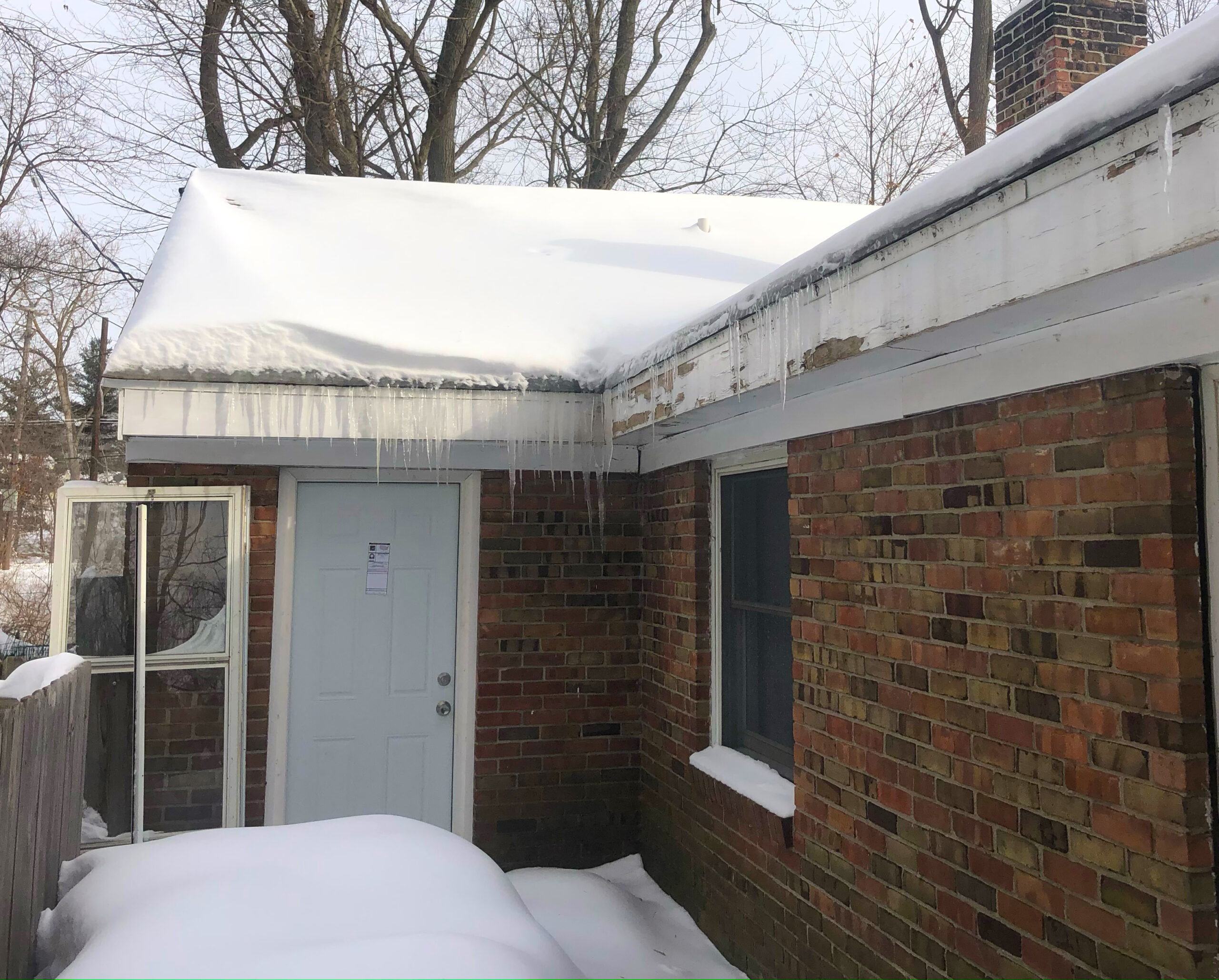
If this house had gutters, the ice would simply fill them up and form icicles over the front.
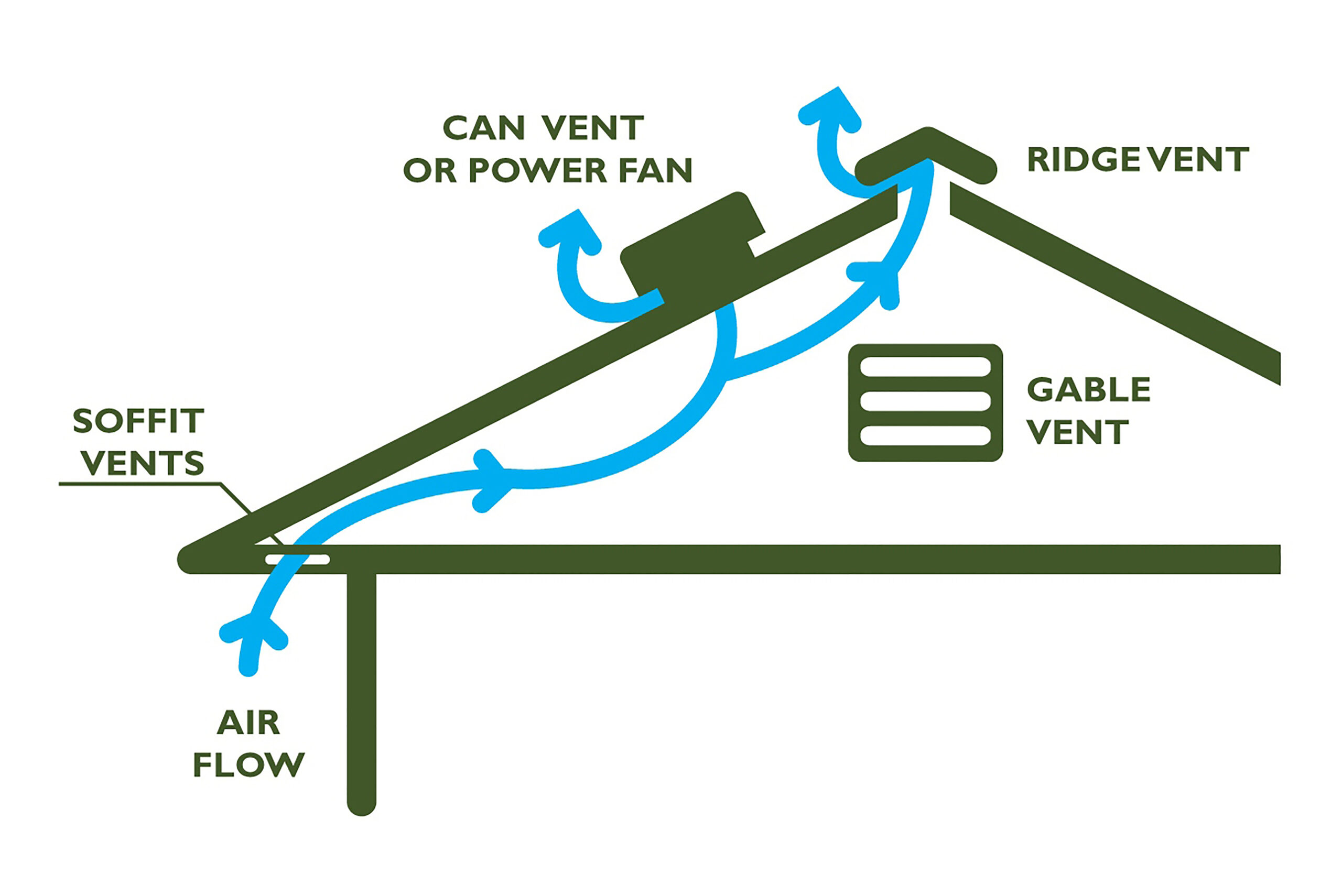
Poor insulation or ventilation is the number one cause of heat loss and ice formation.
Sufficient insulation between the house and the attic minimizes heat escaping. Good ventilation dissipates the heat that does escape.
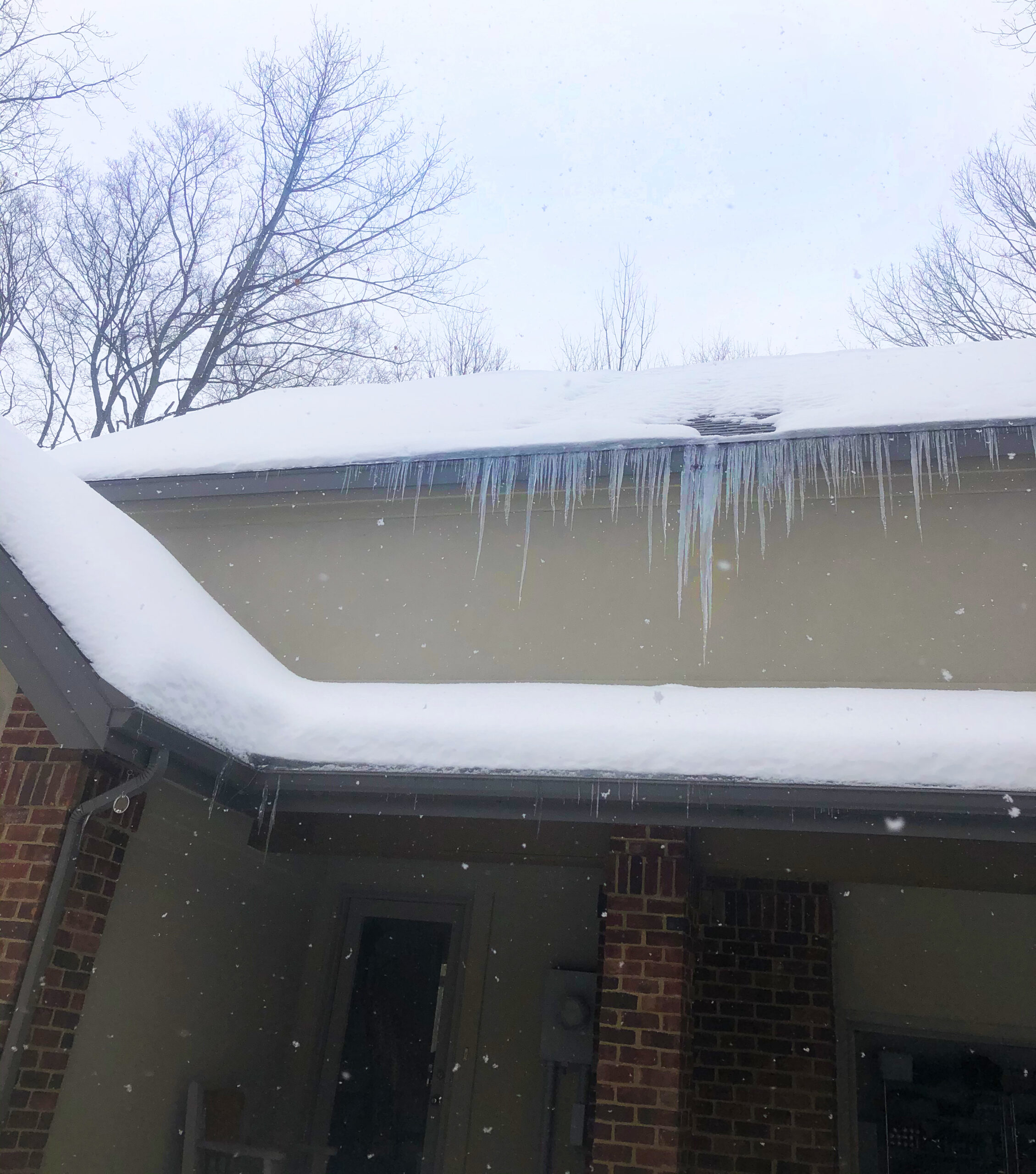
The upper story here has no gutters, but significant ice build-up because of heat loss. The lower story has covered gutters, but little ice because it’s mostly unheated and shaded.
Every house is different and every winter is different. Many of our calls start with “I never had ice before . . .” or “my neighbor's house is fine”. So many factors affect ice formation that the occurrences vary widely, This picture shows heat loss and snow melting over a living area, contrasted with no melting over an unheated garage. You can see that the melting snow refreezes, causing large icicles on the house, with no icicles on the garage.
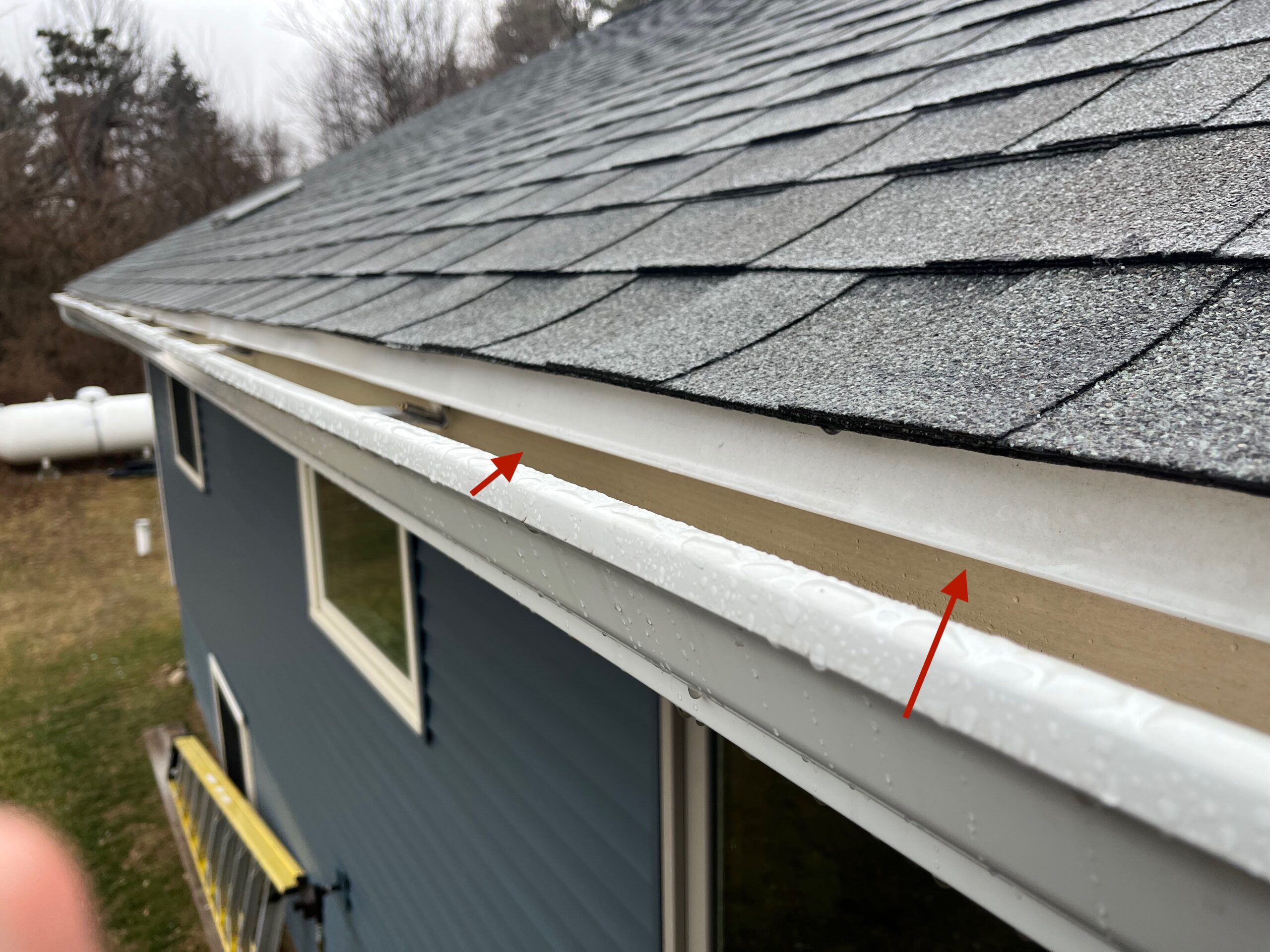
Ice formation tends to be worse the longer snow sits on a roof, and the more snow there is. Sometimes snow will block vents or insulate a roof, retaining heat that would otherwise dissipate.
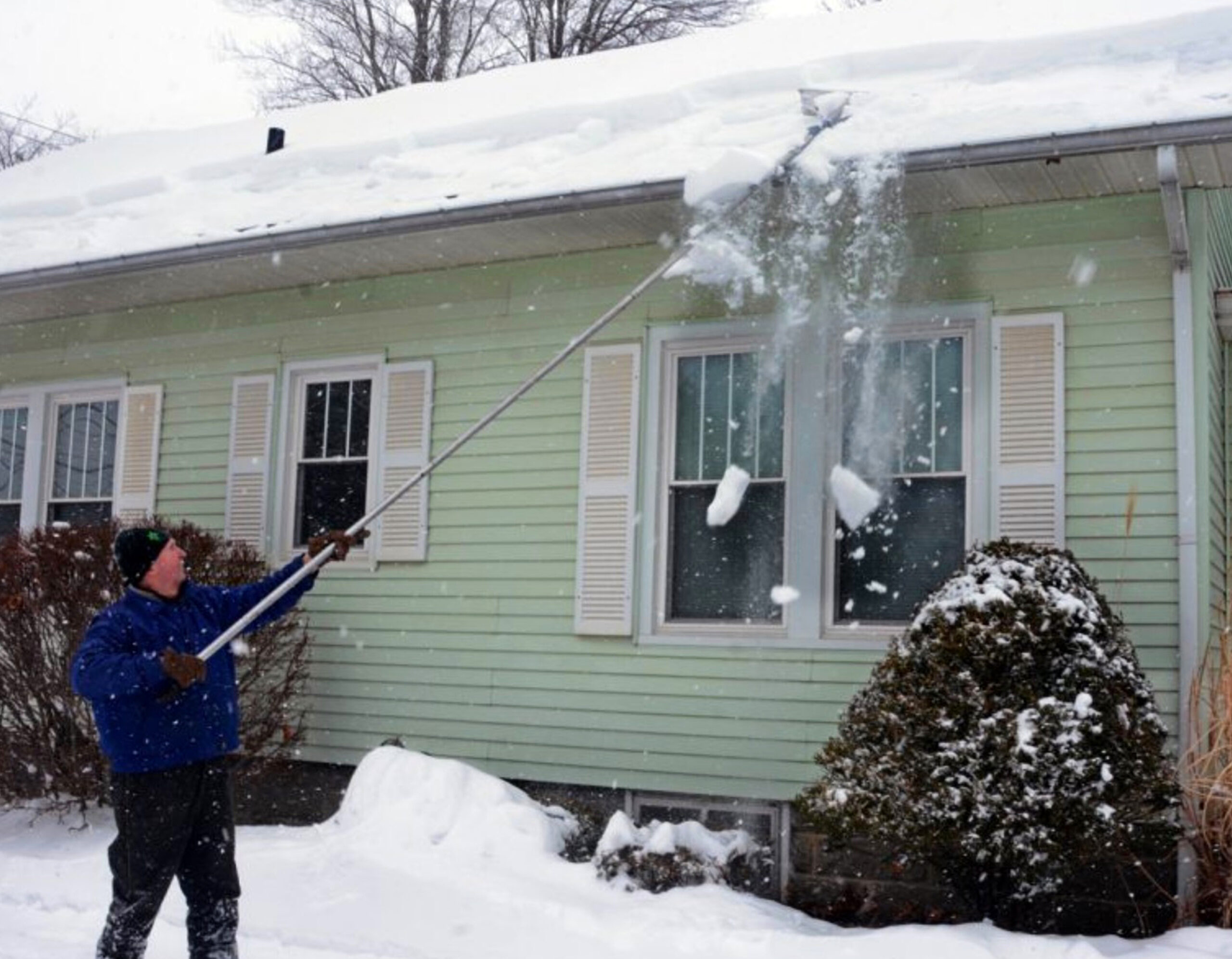
You can minimize ice build-up by using a roof rake to clear the first 2-4 feet of your roof edge (a little farther than the overhang of your house). However, if there’s a particular heat loss point it’s most effective to clear that entire area down to the edge of the roof.

